This custard-based German Buttercream is perfect for those who prefer their frosting to be not-so-sweet. Silky and soft, it pipes beautifully and pairs well with any flavor cake. What the how-to video below for step-by-step instructions!
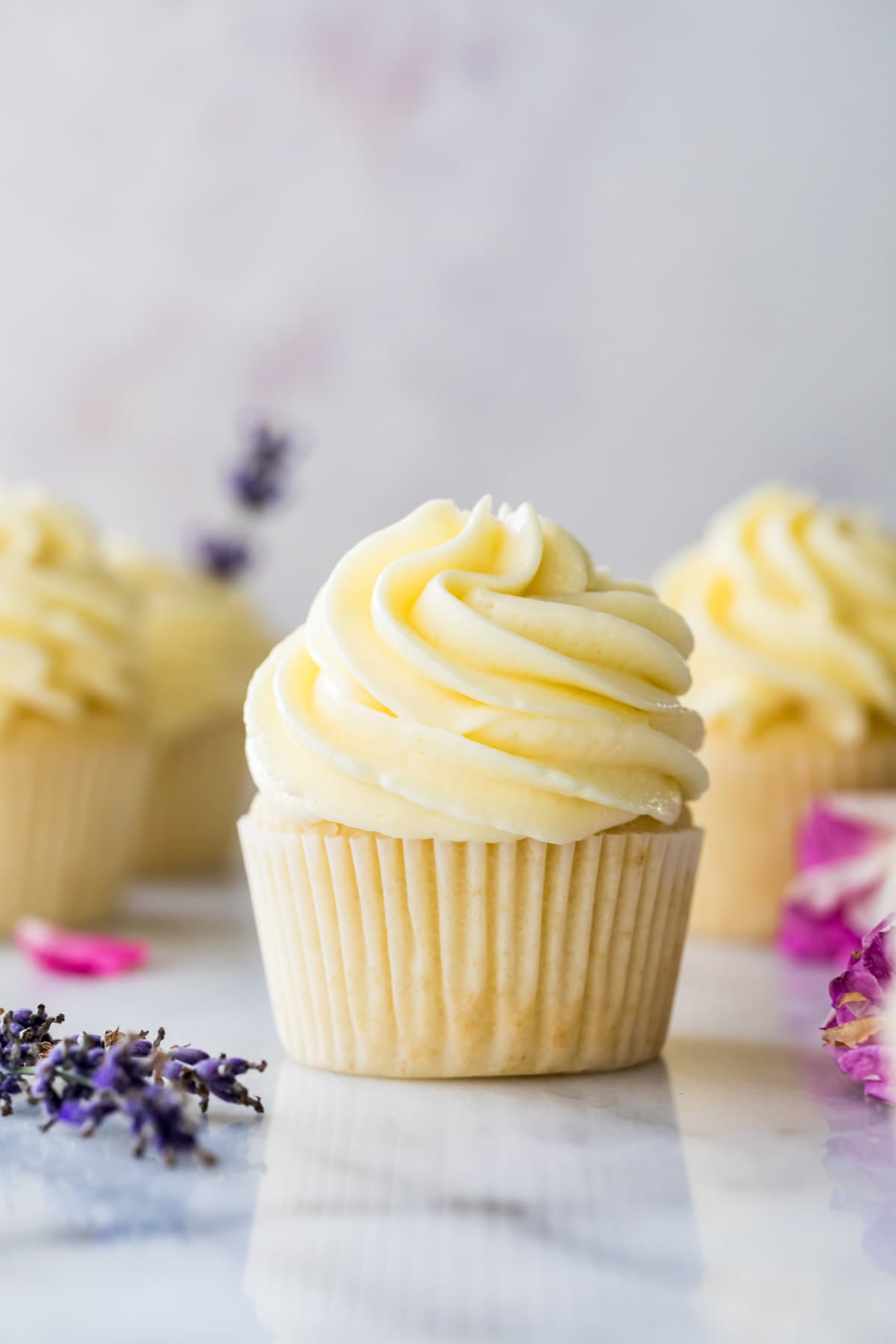
Last week I shared my latest take on the easiest pastry cream you’ll make in your life. This week, I’m taking things one step further by turning that pastry cream into a smooth, subtly sweet German Buttercream!
Similar to my Swiss Meringue Buttercream, German buttercream starts with a cooked egg base (only we’re using egg yolks in this instance) that, once cooled, is gradually added to whipped butter. The result is an unbeatable flavor and texture that may sound indulgent, but actually tastes very light and only mildly sweet.
German buttercream is incredibly versatile, making it the perfect pairing for everything from cupcakes to donuts. Because it’s made from more than just butter and powdered sugar (like the American buttercream frosting you may be more familiar with), German Buttercream can be more complicated and finicky than most frostings, but it’s by no means impossible to make. There’s some technique involved, but I’ll be walking you through all the steps.
One thing to note before you start cooking: German Buttercream does NOT hold up to heat. It’s essentially butter and pudding, so it will quite literally melt in warm temperatures (as many frostings do!). Keep this in mind and make sure you can keep the frosting chilled until you’re ready to serve.
Let’s get started!
What You Need
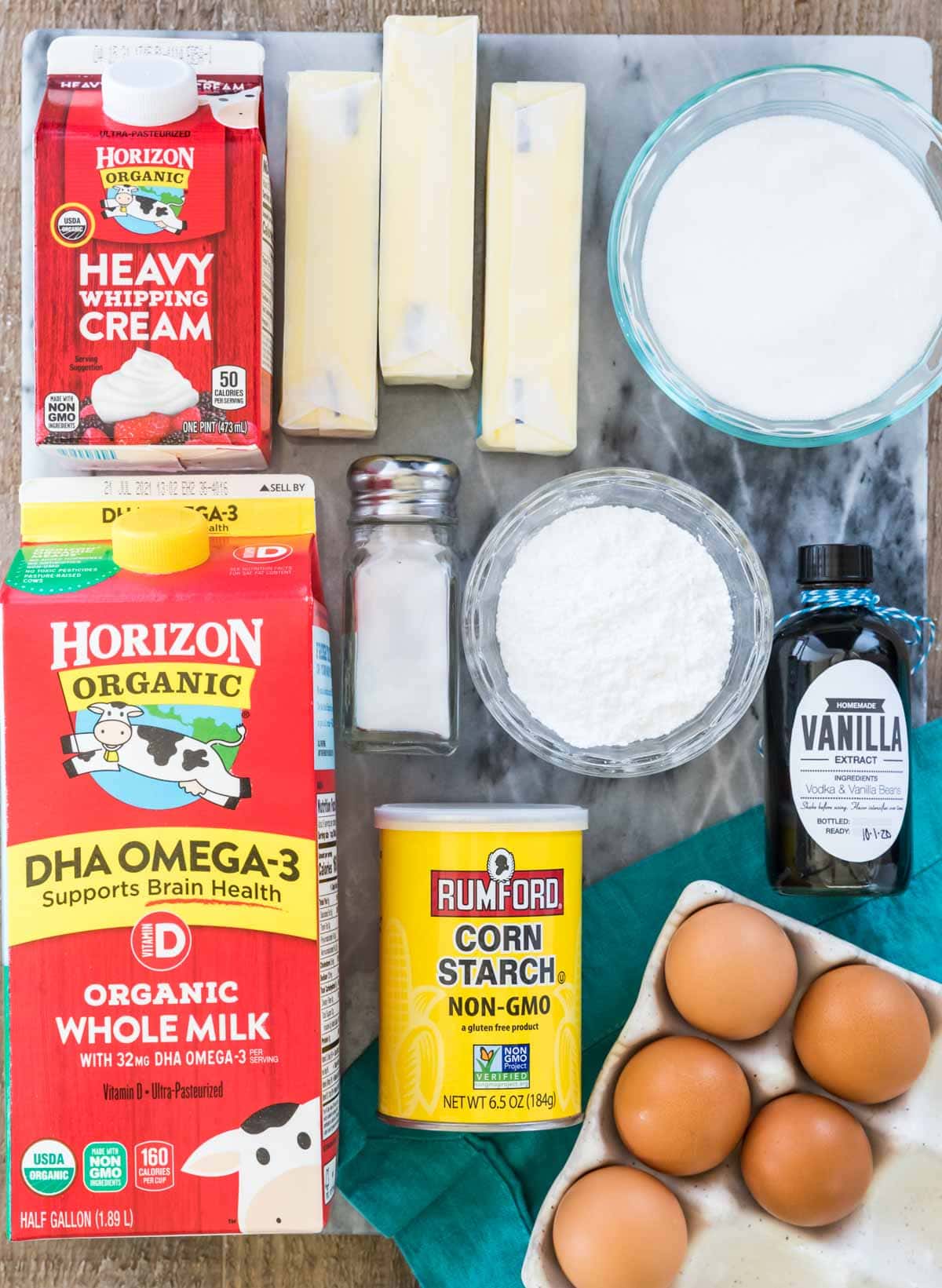
If this ingredient list looks familiar to you, there’s a reason! These are the same ingredients used for my pastry cream, with the addition of more butter and powdered sugar (optional) that will help whip this up into a fabulous buttercream.
- Heavy cream. You’ll use this as well as whole milk as the base for the pastry cream.
- Egg yolks. You’ll use five egg yolks for this recipe, which means you’ll be left with five egg whites. Use these in another recipe, like my strawberry cake, zebra cake, or lemon cake.
- Cornstarch. Starch thickens the cream, making it the perfect custardy base for our German buttercream.
- Sugar. You’ll use granulated sugar in the cream, and you can add powdered sugar to the finished buttercream if you want it to be sweeter. If it’s sweet enough for you, just leave that bit out!
- Butter. Soften your butter so it’s easy to cut through, but not melty/greasy/oily. Use unsalted, since we’re adding salt in ourselves. This helps us best control the flavor of the final frosting!
- Vanilla. For a lovely, light, and classic flavor, add vanilla to your cream. You can use vanilla extract or vanilla beans; see the pastry cream post for details.
- Salt. To balance the richness of this icing, you’ll add just a little salt.
SAM’S TIP: This icing is naturally tinted yellow. If you’d like it to be more white, you can do a few things: use vanilla beans or clear vanilla extract, whip your butter really well (it gets lighter the more you whip it), and use a VERY small amount (like the tip of a toothpick) of violet food coloring to counteract the yellow hue.
Remember, this is just an overview of the ingredients I used and why. For the full recipe please scroll down to the bottom of the post!
How to Make Pastry Cream for German Buttercream
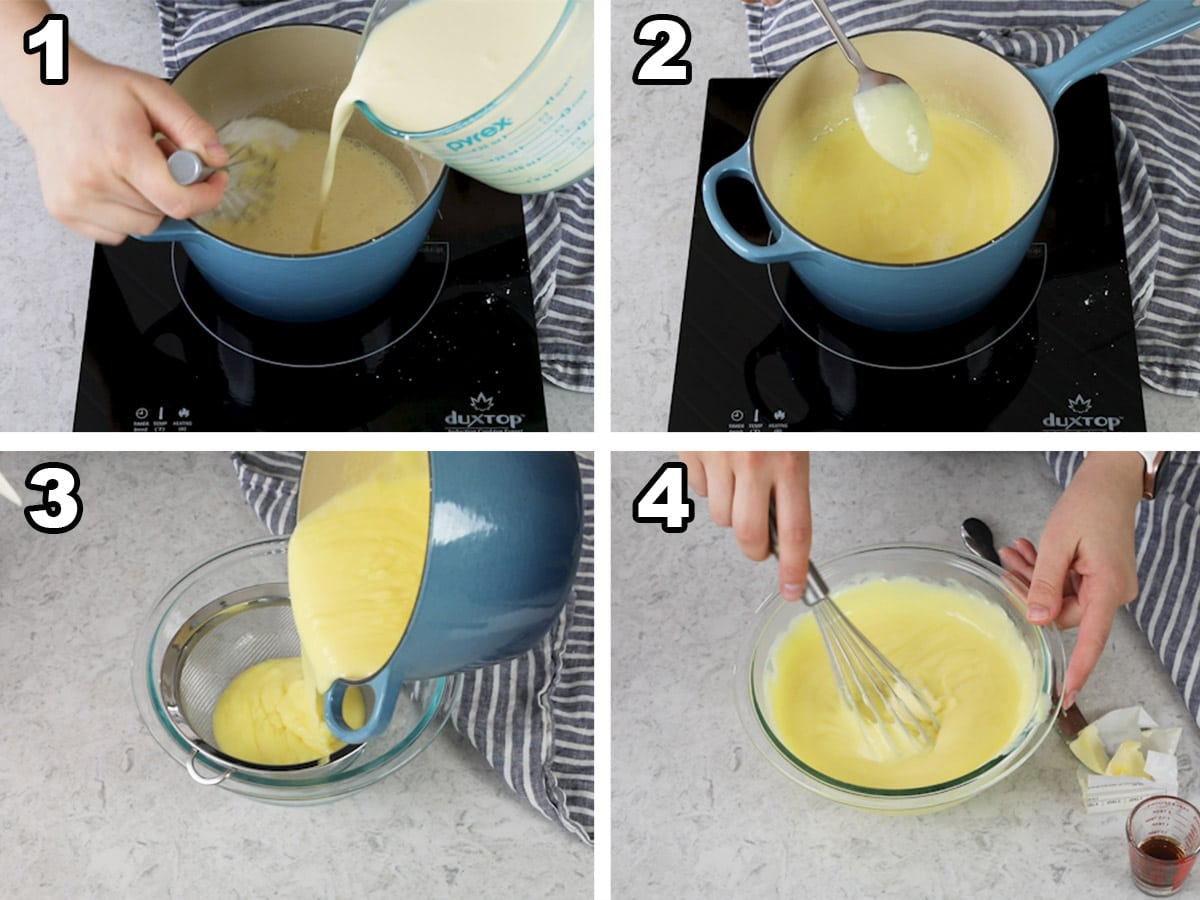
- Slowly pour wet ingredients into dry ingredients, stirring constantly.
- Cook, stirring constantly, until thickened.
- Remove from heat and pour through a fine mesh strainer.
- Add butter and vanilla.
You can find more detailed information and the full process for how to make pastry cream in my last post. For this recipe, you will need to let the pastry cream cool and firm up completely, but you will want it to be the same temperature as your butter (near room temperature) before whipping everything together. This ensures a smooth frosting that doesn’t curdle.
How to Make German Buttercream
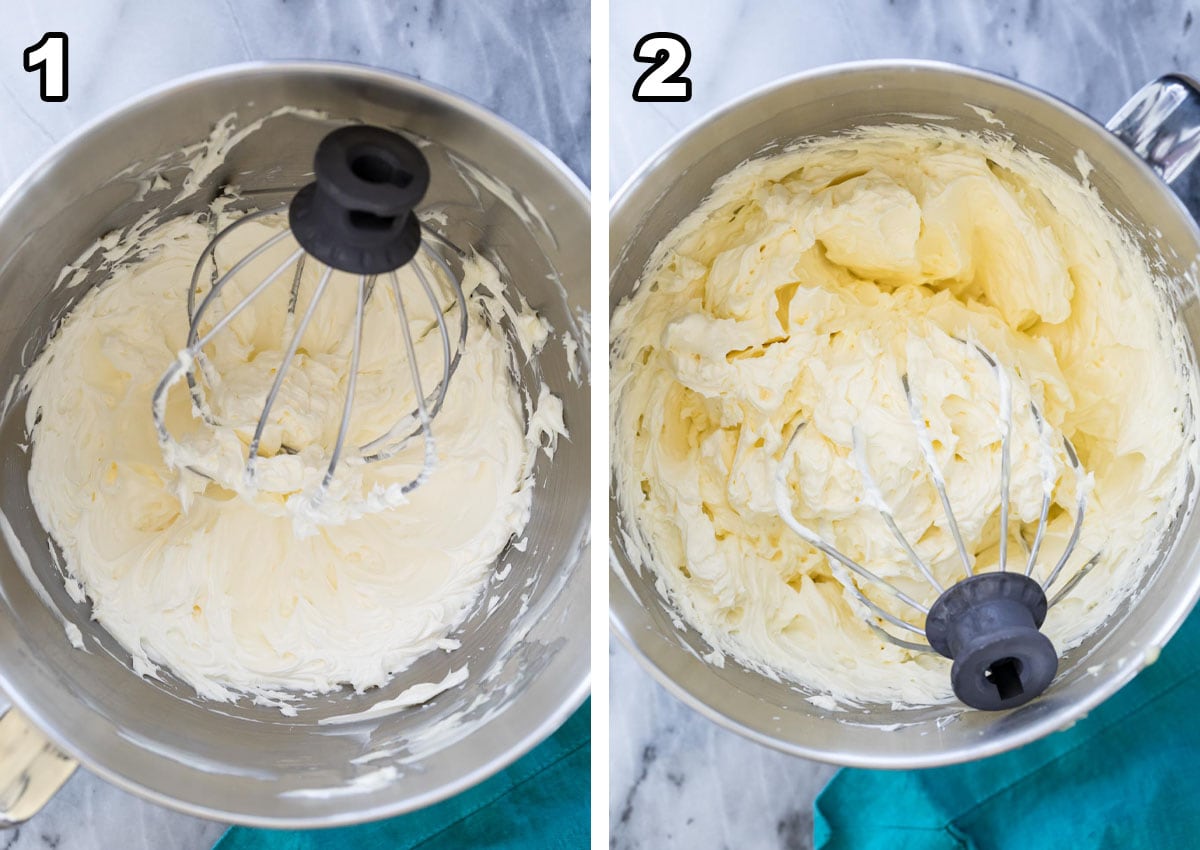
- Beat softened butter on high speed until light and and fluffy, about 5 minutes. I like to use my stand mixer for this step, an electric mixer will work but you’re going to get a heck of an arm workout!
- Reduce mixer speed and gradually add cooled pastry cream (remember, it should be the same temperature as the butter!), mixing until completely incorporated before adding the next spoonful. Once all the pastry cream has been added, slowly increase mixer speed and beat until fluffy. Taste, mix in powdered sugar, additional flavors, or colors if desired, then pipe or spread over cake/cupcakes.
SAM’S TIP: It is VERY important that your pastry cream and butter are the same temperature (near room temperature, and not too soft or melty!) before you try to whip them together. If not, your buttercream won’t be silky smooth, and it may even curdle.
Troubleshooting
Because it’s a little more complicated than your average frosting, German buttercream can be a little finicky. One of the most common problems bakers have with this recipe is curdling or splitting. There are several reasons for this happening:
- Too much cream being added at once. Work with only one spoonful of pastry cream at a time, and mix until fully incorporated before adding the next addition.
- Temperature difference between cream/butter before combining. Make sure your butter has softened to room temperature, and if you’ve refrigerated your cream, make sure it is has fully come back to room temperature.
- The frosting has become too warm. This can happen if your environment is too warm, or if you’ve whipped your frosting for a very long time.
No matter the cause, curdled buttercream can usually usually be remedied by continuing to mix, or placing the bowl in the refrigerator for 10-15 minutes and then continuing to mix. Almost always, curdled frosting can be saved with a little patience and know-how.
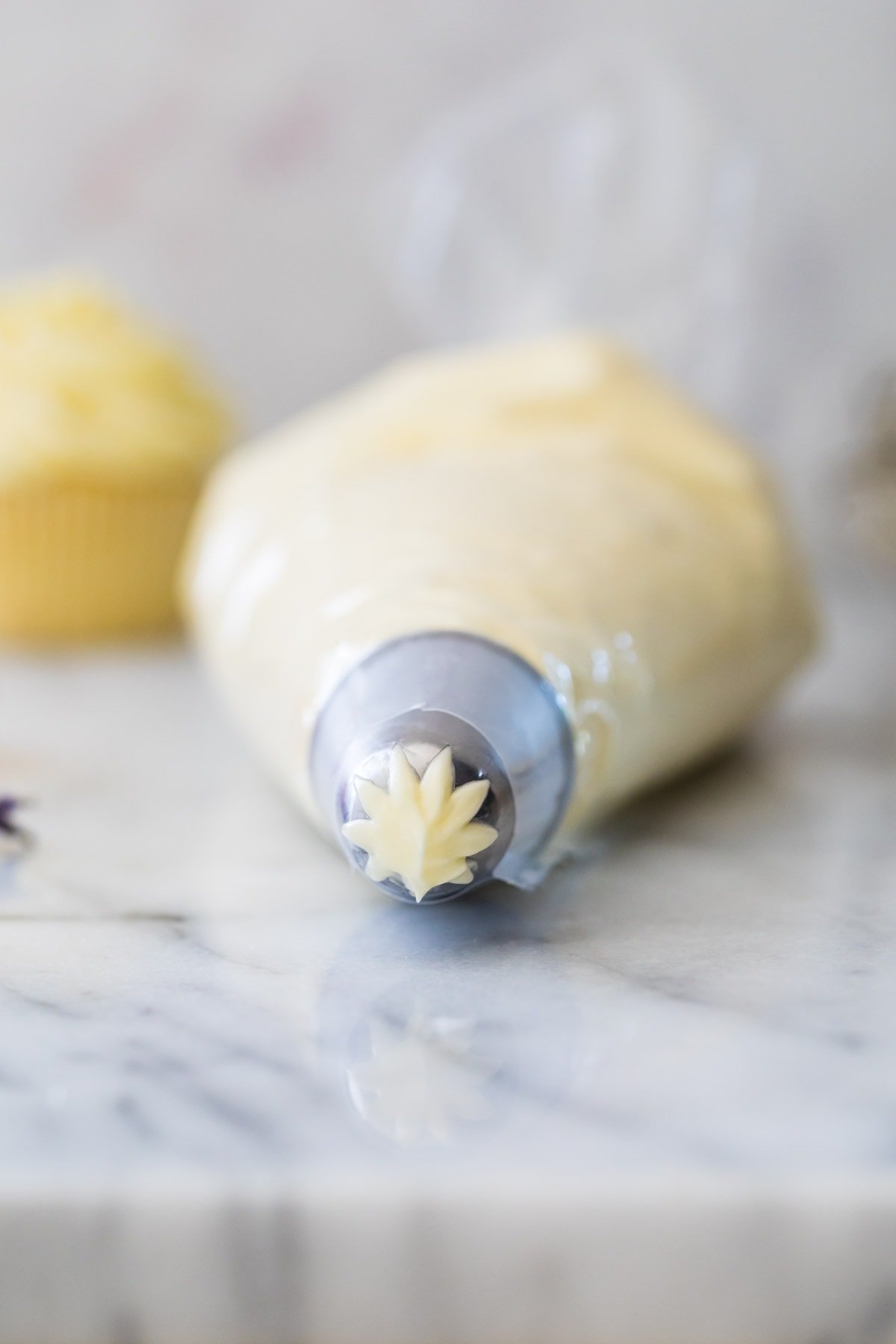
Frequently Asked Questions
Yes! You can add whatever colors or flavorings you like, since the flavor of the buttercream itself is very mild.
Yes!! Because it’s made from custard and butter, this frosting does not hold up well to heat. At all. It should be kept in the refrigerator, where it will keep for up to one week. If you’re not using it right away, store in an airtight container. You will need to soften at room temperature and may need to whip again to reach the proper consistency before piping/spreading.
There are several factors that can cause this. Scroll up to the troubleshooting section to figure out what may have happened and how you can remedy it.
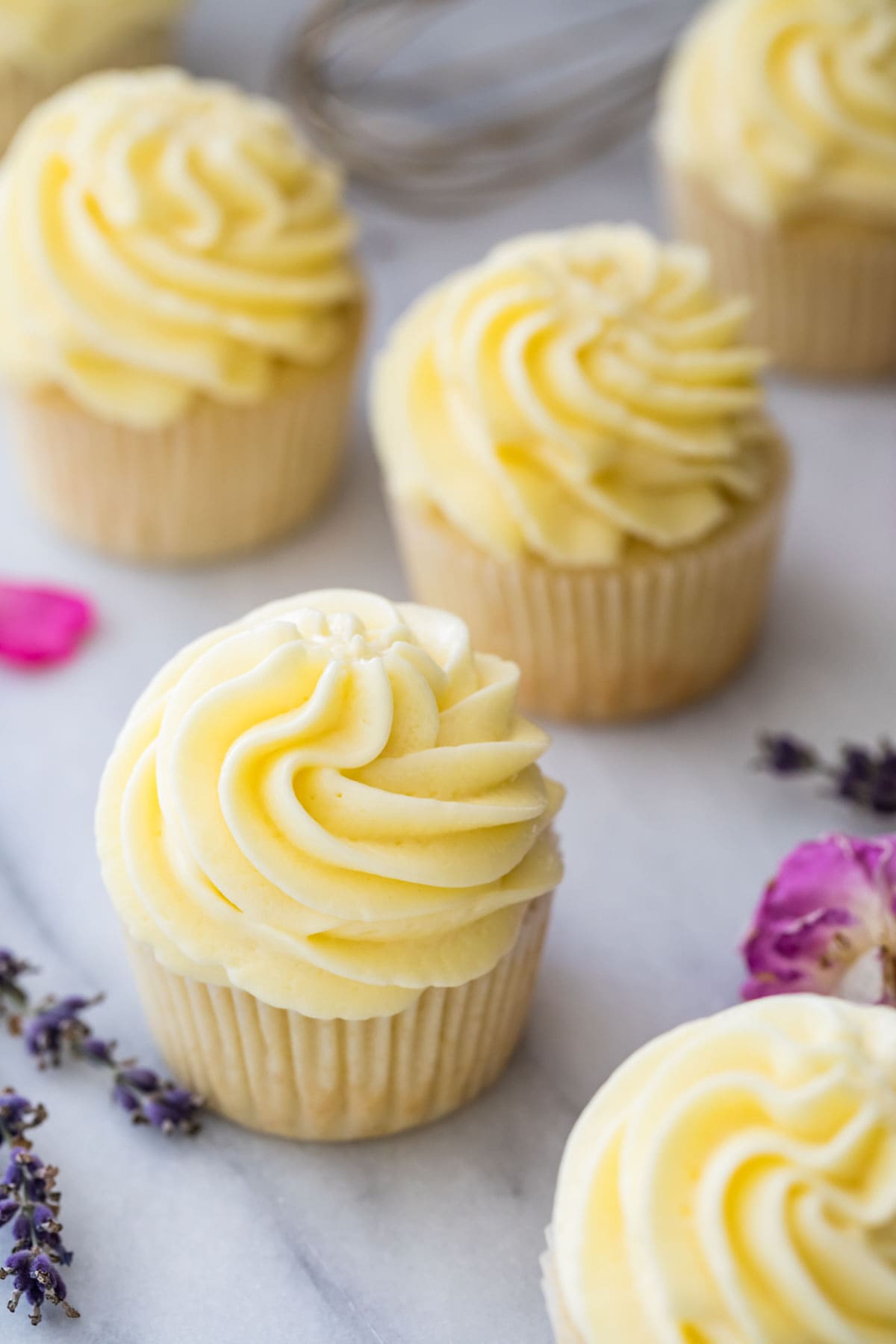
Enjoy!
More Recipes You Might Like
Let’s bake together! I’ll be walking you through all the steps in my written recipe and video below! If you try this recipe, be sure to tag me on Instagram, and you can also find me on YouTube and Facebook
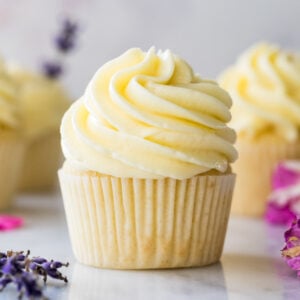
German Buttercream Frosting
Ingredients
For Pastry Cream
- 1 cup (236 ml) whole milk
- 1 cup (236 ml) heavy cream
- 5 large egg yolks discard whites or see note for ideas on how to use leftover egg whites
- ⅔ cup (133 g) granulated sugar
- ¼ tsp table salt
- 3 Tablespoons cornstarch
- 4 Tablespoons (57 g) unsalted butter cut into 4 pieces
- 1 ½ teaspoons vanilla extract
For Frosting
- 1 cup (226 g) unsalted butter softened (but not so soft that it’s melty/oily)
- ½ cup (63 g) powdered sugar optional
Recommended Equipment
Instructions
For Pastry Cream
- In a medium-sized bowl, whisk together milk, cream, and egg yolks until thoroughly combined.1 cup (236 ml) whole milk, 1 cup (236 ml) heavy cream, 5 large egg yolks
- In a medium-sized saucepan, whisk together sugar, cornstarch and salt. While still whisking, drizzle cream mixture into sugar mixture until thoroughly combined and no lumps.⅔ cup (133 g) granulated sugar, ¼ tsp table salt, 3 Tablespoons cornstarch
- Cook over medium heat, stirring constantly, until mixture thickens to a pudding-like consistency and coats the back of a spoon.
- Remove from heat and pour through a fine-mesh strainer into a heatproof bowl. Whisk in butter, 1 Tablespoon at a time, and then stir in vanilla extract.4 Tablespoons (57 g) unsalted butter, 1 ½ teaspoons vanilla extract
- Place a piece of plastic wrap or parchment paper directly against the surface of the pastry cream and transfer to the refrigerator to cool completely. Once the cream has cooled and you are ready to prepare your frosting, you will need to remove the pastry cream and your butter from the refrigerator and allow them to warm nearly room temperature (not too warm so that the butter is becoming oily, though).
For German Buttercream
- NOTE: (Pastry cream and softened butter must be the same temperature in order to proceed)
- Place softened butter in the bowl of a stand mixer (or you may use a large bowl and an electric mixer) and use a whisk attachment to beat butter on high speed until fluffy and lightened in color (about 3-5 minutes).1 cup (226 g) unsalted butter
- Reduce mixer speed to medium and begin to gradually add pastry cream, one spoonful (approximately 1-2 Tablespoons) at a time, allowing the first spoonful to be completely incorporated before adding the next.
- Once all pastry cream has been added, slowly increase mixer speed to medium-high and beat until you have a fluffy frosting.
- Taste frosting, stir in powdered sugar if desired, then pipe (I used an Ateco 848 piping tip) or spread over cake/cupcakes.½ cup (63 g) powdered sugar
Notes
Troubleshooting
Please see the “troubleshooting” section above the recipe if you are having any problems with your buttercream splitting or curdling.Making in advance/storing
German buttercream should be kept cold in the refrigerator. It will keep for up to one week. If not using right away, store in an airtight container. You will need to soften at room temperature and may need to whip again before piping/spreading. I have not personally frozen this buttercream and am not sure how it would hold up to being frozen, but pastry cream does not typically fare well in the freezer.Nutrition
Nutritional information is based on third-party calculations and should be considered an estimate only. Actual nutritional content will vary based upon brands used, measuring methods, cooking method, portion sizes, and more.

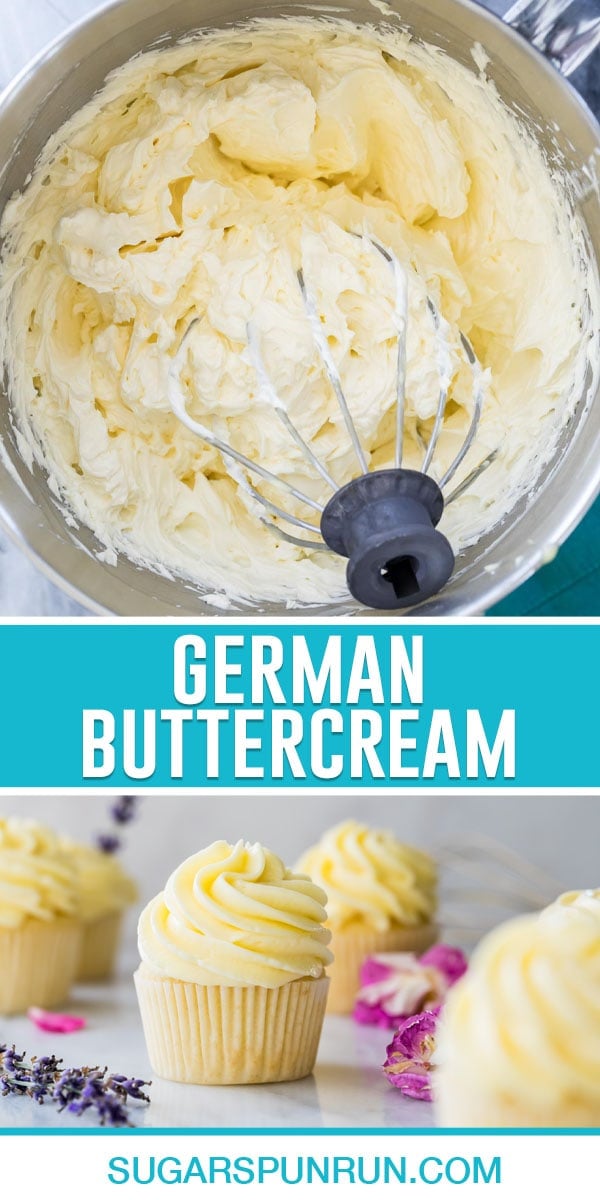
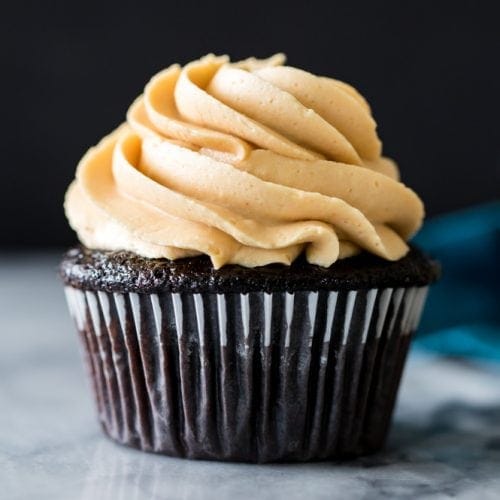
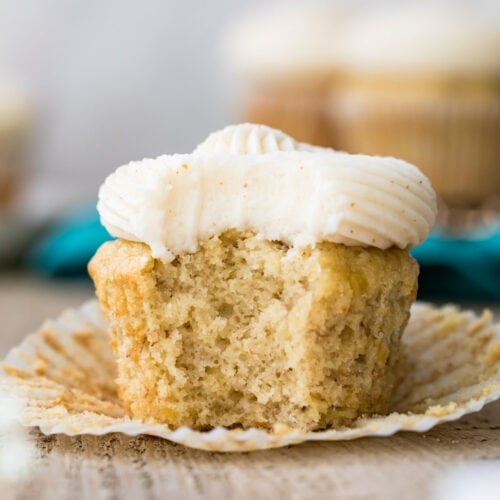
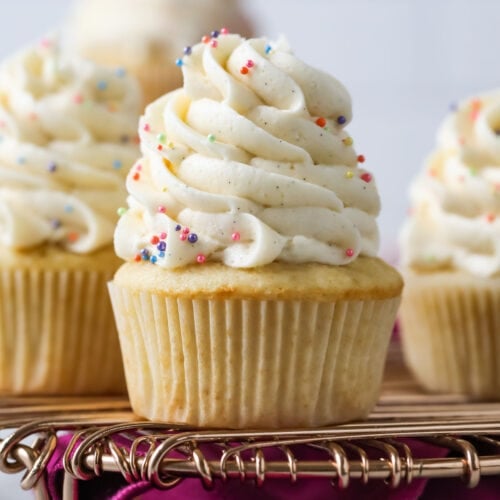
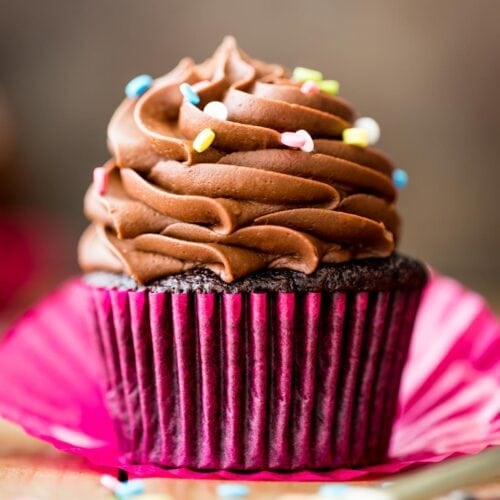
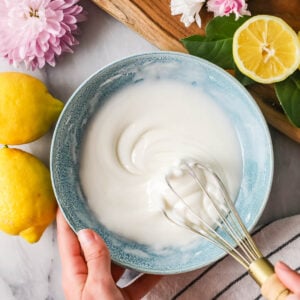

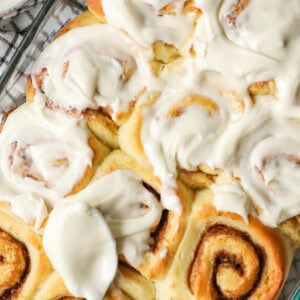
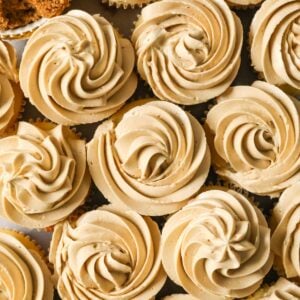
Barbara
Can I use unsweetened coconut milk and coconut cream in placed of milk and cream
Sam
Hi Barbara! I haven’t tried it so I can’t say for sure how it would turn out. I’d love to know how it turns out. 🙂
Bruce
My favorite frosting, and I like this recipe because of the method (and the results, of course). My previous recipe used chilled pastry cream, beating the softened butter into it. Sam’s method goes more smoothly. I only needed half a batch, so I used 3 egg yolks in the pastry cream, and half of everything else, The richer pastry cream definitely made wonderful buttercream. I used it to frost a half recipe of Sam’s Easy Chocolate Cupcakes, with great results. Half a recipe is enough to frost 14 cupcakes (and half of her recipe made 15 cupcakes)
Emily @ Sugar Spun Run
We’re so happy our method worked so well for you, Bruce. That combination sounds heavenly! As always, thanks so much for your review–we really appreciate it! 😊
Jane
Since the recipe calls for a cup of whole milk and a cup of heavy cream can you just use 2 cups of half & half?
Emily @ Sugar Spun Run
You sure can, Jane! Enjoy 🙂
Juan Garcia
How would we make this chocolate flavored?
Sam
Hi Juan! I would make the pastry cream chocolate by stirring in some finely chopped chocolate in the same step where you add the butter. How much depends on your preference, I’d probably do somewhere between 2-4 oz. Adding cocoa powder until you reach the desired color/flavor at the very end of the recipe would also work, but will add some bitterness and you may need to add more powdered sugar this way. I hope this helps!
Heather N
In the instructions it talks about using egg Whites. Before I make this recipe was it to say egg yolks?
Sam
Hi Heather! Yes, egg yolks. When I first hit publish I had accidentally said to combine the egg “whites”, I’ve since corrected it to say “yolks” but it seems some people are still seeing the first version of the recipe (I’m guessing just a caching issue that should resolve itself). I’m sorry about that!.
Heather N
Thank you much! I will be making this for my grandsons 4th birthday cake and I will let you know how much we all loved it!
Sam
I can’t wait to hear how you like it, Heather! 🙂
Amy Wonder
can i make this into different flavors?
Sam
I definitely think you could experiment with that! 🙂
Rosie Snider
what frosting tip was that you used?
Sam
Ateco 848! My favorite! I linked to it in the “equipment” section of the recipe card. 🙂